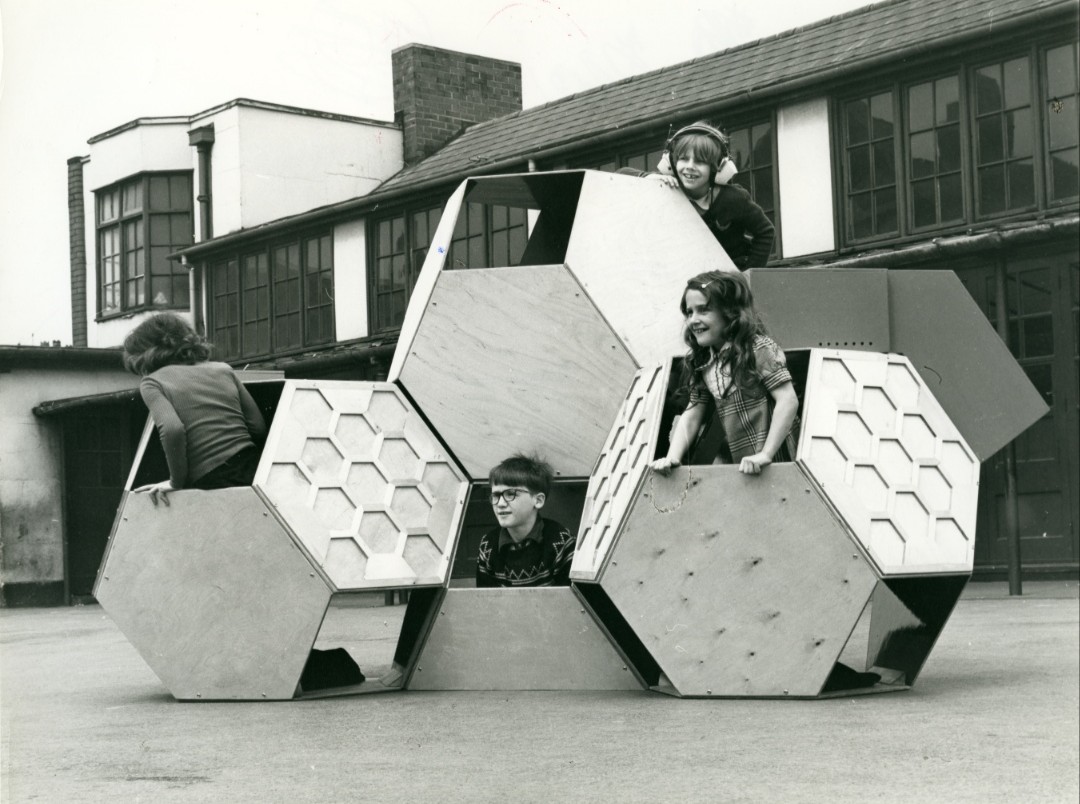Education for designers (like nearly all education) is based on learning skills, nourishing talents, understanding the concepts and theories that inform the field, and, finally, acquiring a philosophy. It is unfortunate that our design schools proceed from the wrong assumptions. the skills we teach are too often related to the processes and working methods of and Age that has ended.
The philosophy is an equal mixture of self-indulgent and expressive bohemian individualism and materialism both profit oriented and brutal. The method of teaching and transmitting this biased information is more than half a century out of date.
[…]
The main trouble with design schools seems to be that they teach to much design and not enough about the ecological, social, economic and political environment in which design takes place.
[…]
Design, if it is to be ecologically responsible and socially responsible, must be revolutionary and radical in the Trieste sense. It must dedicated itself to nature’s principle of least effort, in other words, maximum diversity with minimum inventory or doing the most with the least. That means consuming less, using things longer, and beeing frugal about recycling materials.
The insights, the broad, nonspecialized, interactive overview of a team ( heritage of early man, the hunter) that the designer can bring to the world must now be combined with a sense of social responsibility. In many areas designers must learn how to redesign. In this way we may yet have survival through design.
[Design for the real world, Victor Papanek, 1971/1984/2009]
[Mostra Vitra design Museum: https://www.design-museum.de/en/exhibitions/detailpages/victor-papanek-the-politics-of-design.html ]
[Immagine: Victor Papanek, Tetrakaidecahedral, struttura mobile di gioco, 1973-1975. © University of Applied Arts Vienna, Victor J. Papanek Foundation]
